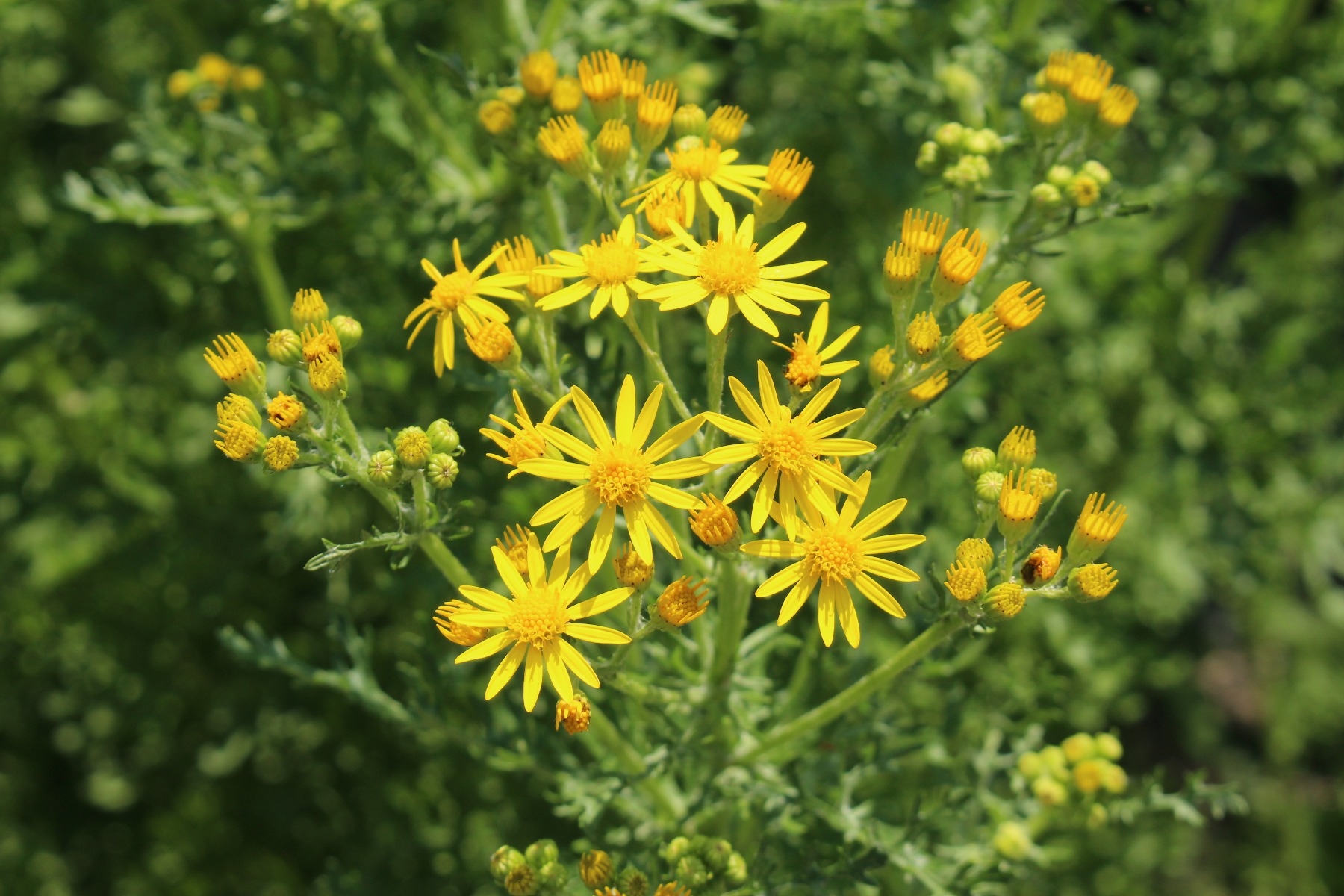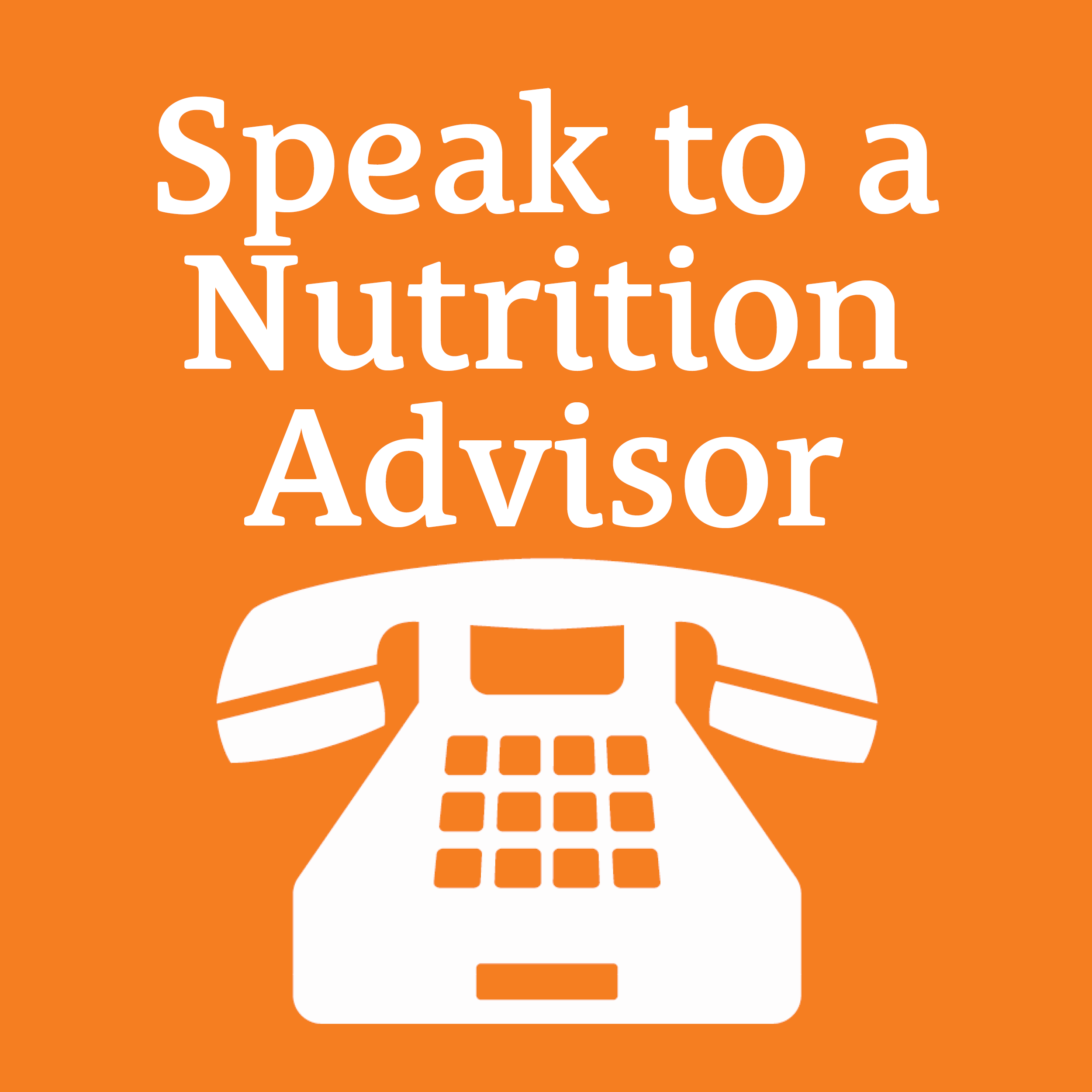
Liver disease and liver failure in horses: Symptoms, causes & treatment
The liver is one of the most important organs in the horse's body. It accounts for approximately 1% bodyweight (5kg in a 500kg horse) and is located centrally within the abdomen. The liver is involved in many essential biological processes and advanced liver disease where approximately 70% of the liver is affected may be life threatening.
What is the liver's role?
- Detoxification and removal of harmful substances
- The ammonia produced from protein metabolism is converted to urea and secreted.
- Bile production and secretion, which breaks down fats
- Destination for the products of digestion
- Defends against disease, especially infections
- Carbohydrate metabolism: Glucose is converted to and stored as glycogen and glycogen is broken down to glucose to help maintain blood sugar levels
- Fat metabolism: Fatty acids are converted to carbohydrates and stored, and fatty acids are exported to fat stores
- Protein metabolism: Almost all of the blood proteins are synthesised in the liver including albumin, fibrinogen and clotting factors
- Storage of fat soluble vitamins (A, D, E, K) and vitamin B12.
- Photoactive chemical production: The liver produces chemicals that protect the body from sunlight
- Iron storage
Causes of liver disease
Pyrrolizidine alkaloids toxicity as a result of eating ragwort is one of the most well-known causes of liver disease in horses but it’s not the only cause. Liver disease in horses often occurs as an outbreak rather than as a single case. If liver disease is suspected or identified in one horse, the vet may recommend investigations such as blood tests for other horses on the yard too, especially as outward clinical signs are not seen until late into the disease.
Signs of liver disease
Horses may not show any clinical signs of liver disease until approximately 70% of the liver has been damaged. Signs include:
- Jaundice: May be visible in the horse's mouth, nostrils or eye areas
- Loss of condition
- Abdominal pain
- Blood clotting may be reduced, leading to excessive bleeding or increased oedemas
- Diarrhoea
- Discoloured urine
- Yawning
- Head pressing
- Depression
- Decrease appetite or anorexia
- Photosensitivity (sensitivity to UV light)
How nutrition plays a role
Previously, nutritional management of horses and ponies with liver disease focused on providing a low protein, low oil and often a high starch diet. However, with improved knowledge of liver disease in horses and other species, there appears to be little justification for such dramatic adjustments. In fact, dietary adaption is no longer recommended at all in cases of 'compensated' liver disease unless the current diet is significantly over-supplied with protein and/or starch. The following recommendations only apply to horses with severe liver disease showing signs such as weight loss, jaundice and depression or abnormal blood results such as low serum albumin.
Protein
- Aim to meet but not exceed protein requirements. Excessive protein intake may be most detrimental in horses and ponies showing neurological signs of liver disease such as head pressing. However, encouraging the horse/ pony to eat may be more important than restricting protein intake
- Providing sufficient levels of quality protein and in particular lysine is still important
- Although high protein ingredients/ feeds such linseed and soya do not need to be avoided completely, seek advice from a nutritionist before adding them to your horse's diet
- Regulating protein intake is thought to be less important for horses showing other clinical signs of impaired liver function. Excessively restricting protein intake may lead to the breakdown of muscle tissue
Forage
- Forage should remain the foundation of the horse's diet and ideally be fed ad-lib
- Be cautious of turning out on 'lush pasture' or providing high protein hay/ haylage, particularly for those showing neurological sigs of liver damage
- Avoid alfalfa hay which is typically high in protein
- Consider having your hay/ haylage analysed; this is the only way to determine nutritional value
- Grazing for several hours (10-14) is encouraged but pasture must be free from ragwort and all other weeds
- Short periods of turnout may encourage horses/ ponies to 'gorge' large amounts of grass which may disturb the microbial population in the hindgut
- Turning out at night may be preferable for photosensitive animals
Compound Feeds
- Starch intake should be restricted to a maximum of 1g/ kg bodyweight per meal i.e. 500g for a 500kg horse. However other individual requirements may warrant further restriction of starch i.e. those prone to laminitis
- High starch diets may lead to insulin dysfunction which in turn may exacerbate any insulin resistance associated with liver failure
- Divide compound feeds into small, frequent meals (a minimum of 4 but 4-6 ideally) to help maintain blood glucose levels and prevent the breakdown of amino acids in the liver
Oils
Oil can be fed at 0.1-1ml/ kg bodyweight per day in the total diet i.e., 50-500mls per day for a 500kg horse provided there are no signs of malabsorption such as diarrhoea or steatorrhea (fat in the faeces) or other contraindications advised by your vet. Any oil should be introduced gradually, adjusting the quantity fed according to the horse's energy requirements.
Vitamins & Minerals
- Maintain a balanced diet either by feeding the recommended amount of a suitable compound feed, broad spectrum vitamin and mineral supplement or balancer
- Avoid feeds and supplements containing added iron (iron is stored in the liver)
- Avoid exceeding copper requirements (copper is stored in the liver)
- Reduced absorption and storage of vitamins A, D and E may be a concern in horses with liver insufficiency and therefore increased supplementation (double NRC requirements) may be advisable
- Vitamin C supplementation may be helpful given that the liver is the main site of production
- Additional zinc may also be advisable if plasma levels are low and/ or concentrations of plasma copper are high



